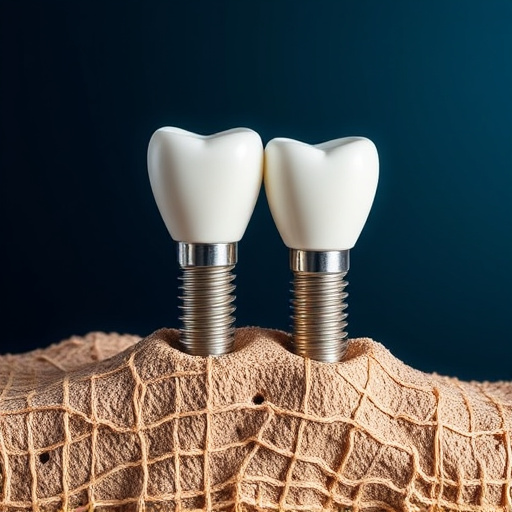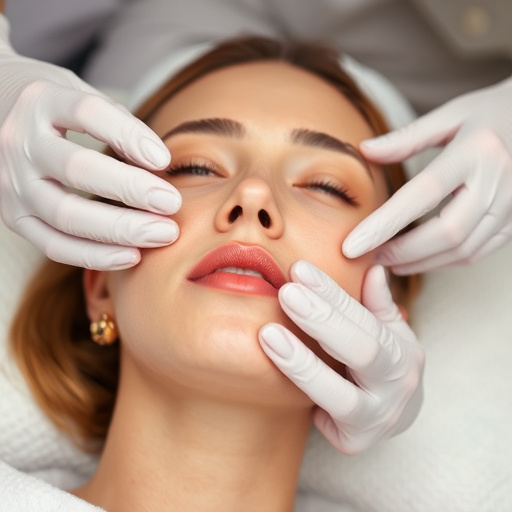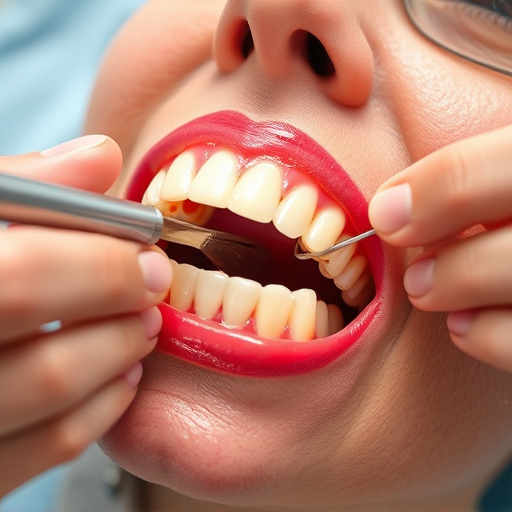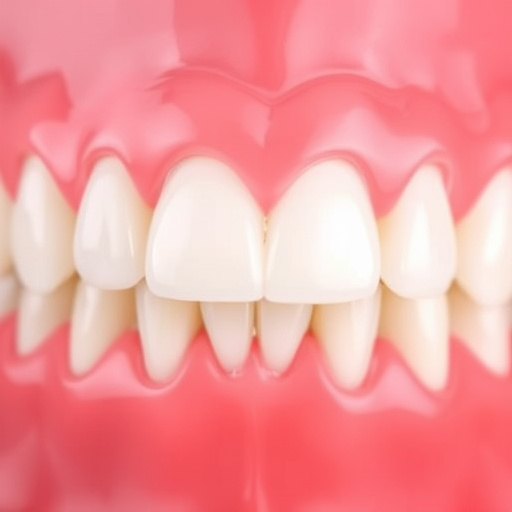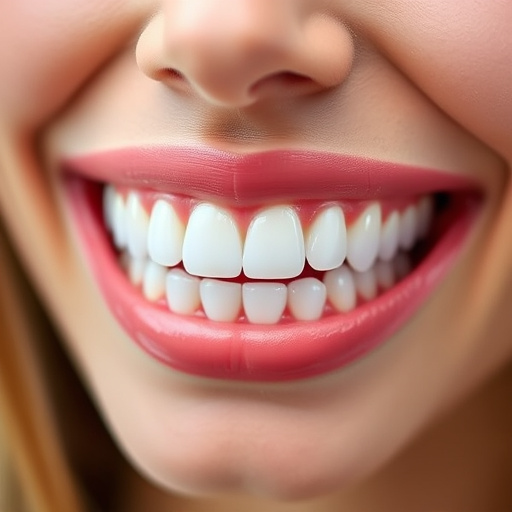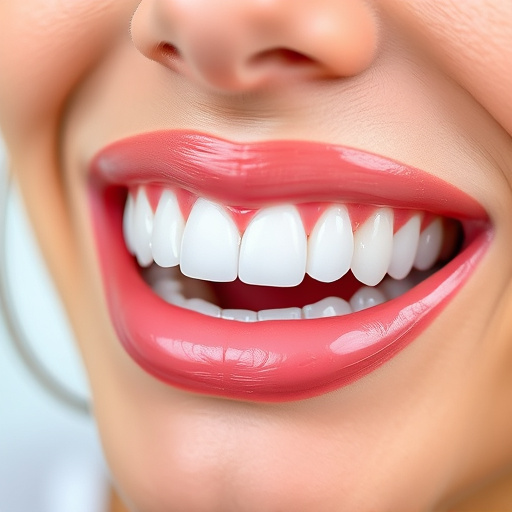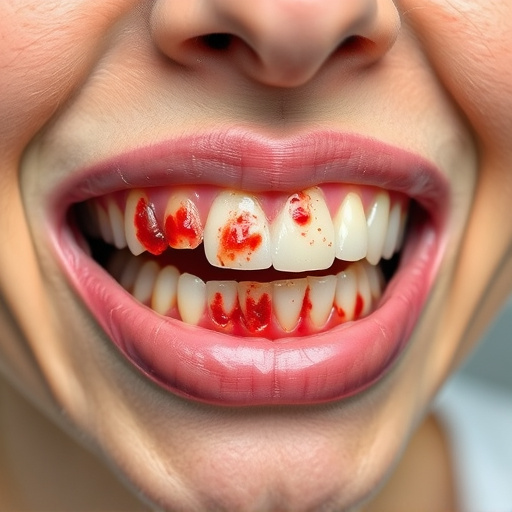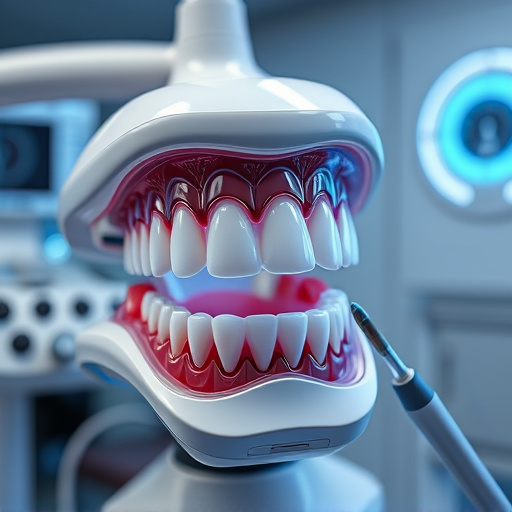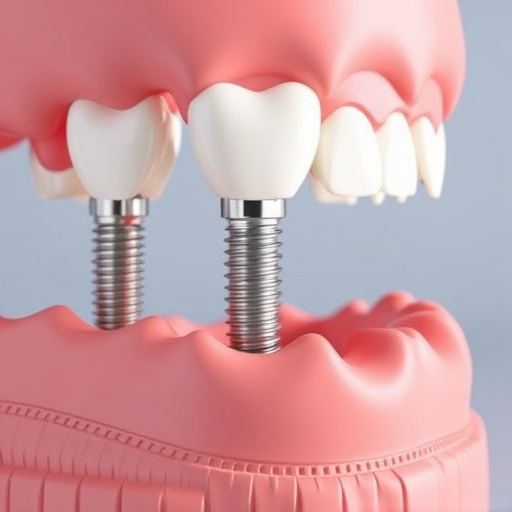A preventive dentistry program is a proactive approach to oral health that focuses on maintaining teeth and gum health through regular check-ups, cleanings, and education. By catching minor issues early, it saves time and money compared to restorative treatments. This strategy includes patient education, early disease detection, and advanced technologies like clear aligners, ultimately improving oral health and reducing the need for extensive procedures. Success is measured by tracking reductions in emergency dental visits, early disease detection rates, and frequencies of painful procedures.
A preventive dentistry program is a game-changer for any healthcare system, offering cost-effective solutions to maintain oral health. This article explores how such programs can save time and money while improving overall dental care. We’ll delve into the essential elements that make these initiatives successful, from education to regular check-ups. By understanding their impact, practices can implement effective strategies, ensuring long-term benefits for patients and reducing unnecessary expenses. Discover how preventive measures can revolutionize dental healthcare.
- Understanding Preventive Dentistry Programs
- Key Components for Effective Implementation
- Measuring Success and Long-Term Benefits
Understanding Preventive Dentistry Programs
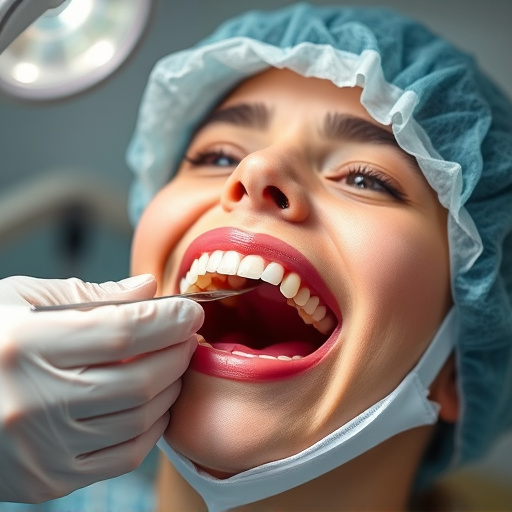
A preventive dentistry program is a proactive approach to oral health that focuses on maintaining and improving teeth and gum health before issues arise. Unlike restorative dentistry, which addresses problems after they occur (like cavities or gum disease), preventive dentistry aims to keep these issues from developing in the first place. This includes regular dental check-ups, cleanings, and other services designed to detect early signs of decay or disease.
By implementing a comprehensive preventive dentistry program, individuals can save time and money in the long run. For example, routine cleanings and exams can catch minor problems early, making them easier and less expensive to treat. Additionally, educational components of these programs, such as counseling on proper brushing and flossing techniques, can empower individuals to take better care of their teeth at home, reducing the need for frequent restorative procedures like fillings or clear aligners to correct damage that could have been avoided.
Key Components for Effective Implementation
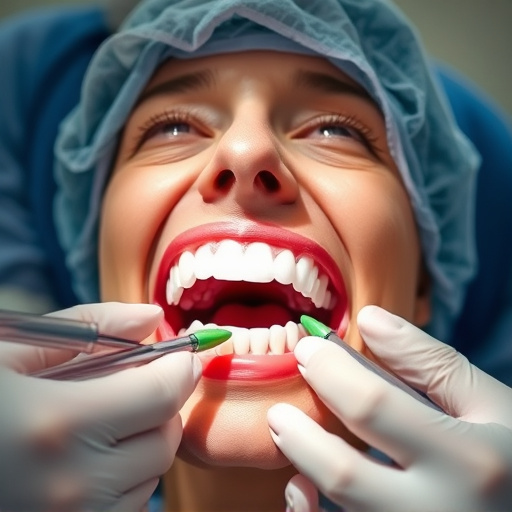
A well-designed preventive dentistry program is a game-changer for any family dentistry practice, offering a holistic approach to saving time and money in the long run. The key components for effective implementation revolve around education, prevention, and early intervention. Educating patients about oral hygiene practices at home forms the foundation. Regular check-ups and professional cleanings should be encouraged, with a focus on identifying potential issues early. This proactive strategy can prevent minor problems from becoming major, costly procedures like dental fillings or more complex treatments.
Additionally, incorporating modern technologies such as clear aligners for orthodontic corrections can appeal to patients seeking discreet solutions. By combining these elements, a preventive dentistry program not only enhances oral health but also reduces the need for frequent, often expensive, dental interventions.
Measuring Success and Long-Term Benefits
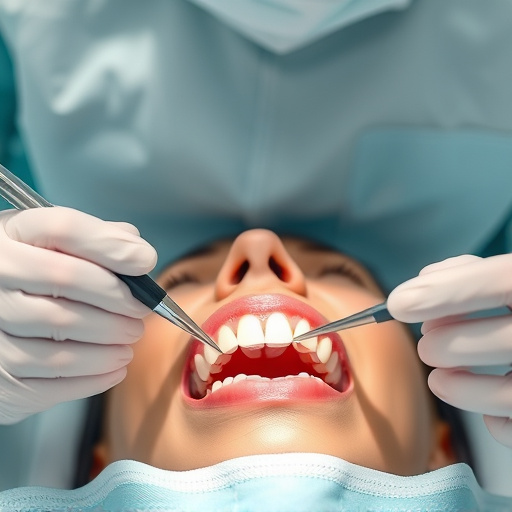
Measuring success of a preventive dentistry program involves assessing its impact on long-term oral health outcomes. By tracking key metrics like the reduction in emergency dental care visits, early detection rates of dental diseases, and frequency of painful procedures such as wisdom tooth removal, programs can demonstrate their effectiveness. Regular dental cleanings become more than just a routine; they serve as a proactive measure to prevent significant issues, ultimately saving both time and money for patients and healthcare providers.
The long-term benefits extend beyond the individual patient. A robust preventive dentistry program contributes to a healthier population by reducing overall dental disease prevalence. This, in turn, can lead to fewer complex procedures and lower healthcare costs. By prioritizing preventive care, communities can foster better oral health, minimizing the need for intensive treatments and promoting a more sustainable and cost-effective approach to dental care.
A well-designed preventive dentistry program can significantly reduce dental costs, increase patient satisfaction, and improve overall oral health outcomes. By focusing on key components such as regular checkups, professional cleanings, and educational initiatives, these programs prove to be a cost-effective strategy for both patients and healthcare providers. Measuring success through reduced treatment needs and higher patient retention rates highlights the long-term benefits of preventive care, making it an indispensable tool in modern dentistry.
